Best Golf Drivers For Beginners 2025 - the 7 best models for those starting to play the game
We take a closer look at some of the best golf drivers for beginners that offer all-round performance and value

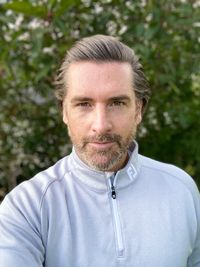
As the longest club in the bag, the driver can prove intimidating for new golfers. However, modern technology has made them easier to hit than ever before, and for beginners there is plenty of help at hand.
The best golf drivers for beginners need to offer plenty of forgiveness to mitigate heel and toe strikes. They also need to be easy to launch and visually appealing at address, helping to instill confidence that can be sorely lacking for those just starting out in the game. For many high handicappers a driver with a draw bias is also hugely helpful, reducing the destructive slice that plagues many inexperienced players off the tee.
WATCH: Joe Ferguson tests and compares the leading drivers on the market in 2025
All this choice can create a problem though. Namely, which one of the most forgiving drivers is right for your game? Many of these drivers will help you gain distance and hit it straighter but looks, feel and sound can differ significantly. While there’s no substitute for trying a number of models out for size, we’ve tested a number of drivers that fit the bill and have selected our favorites here.
Our experienced team of testers know what beginners need in a driver; they were newbies once and have the benefit of having hit a huge array of drivers over the years, allowing them to assess the pros and cons with a nuanced eye. While this guide should help you to make a more informed decision, if you’re after more choice we also recommend checking out our comprehensive guides to the best high handicap drivers and the best golf drivers for distance.
The Quick List
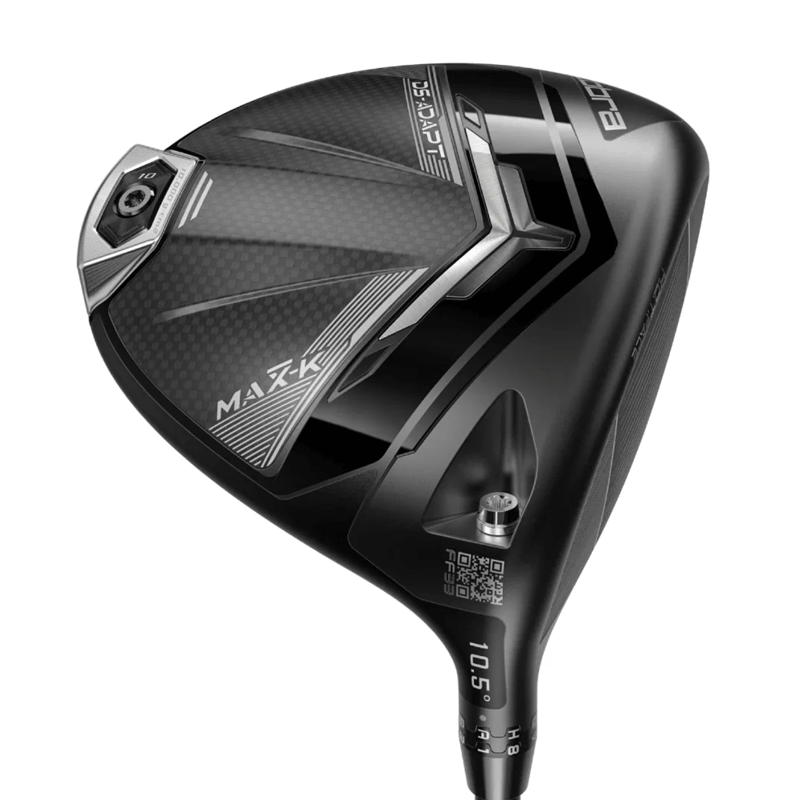
The MAX-K is a really good new entry in the high-MOI category of drivers thanks to playability and user-friendly performance. Some slight refinements to the head shape, and a slightly lower spin profile may give this driver broader appeal.
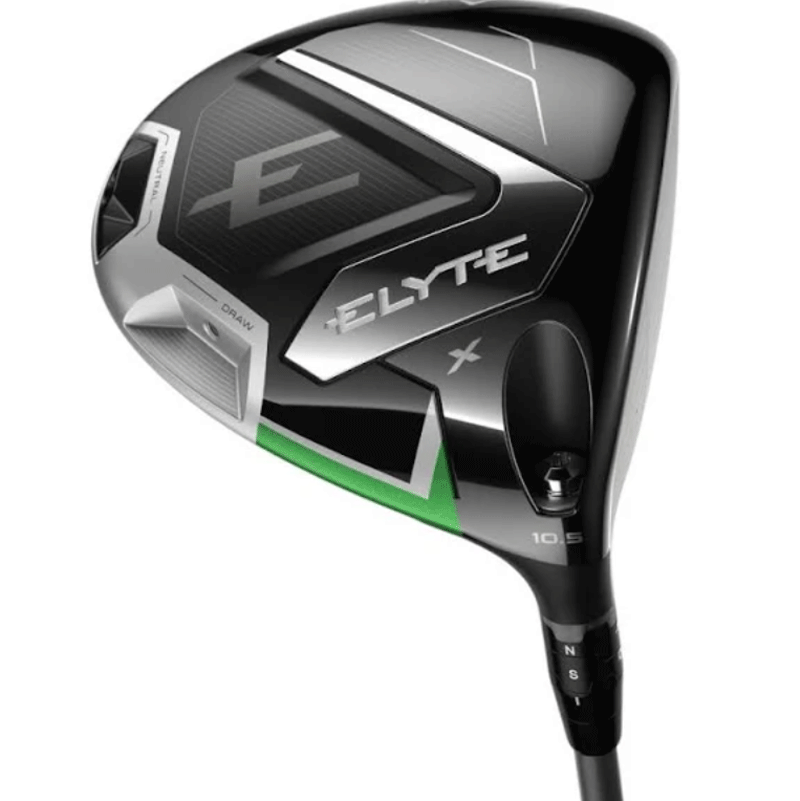
The Elyte X driver from Callaway is packed full of technology to help players achieve consistent high launch and extra distance from the tee box.
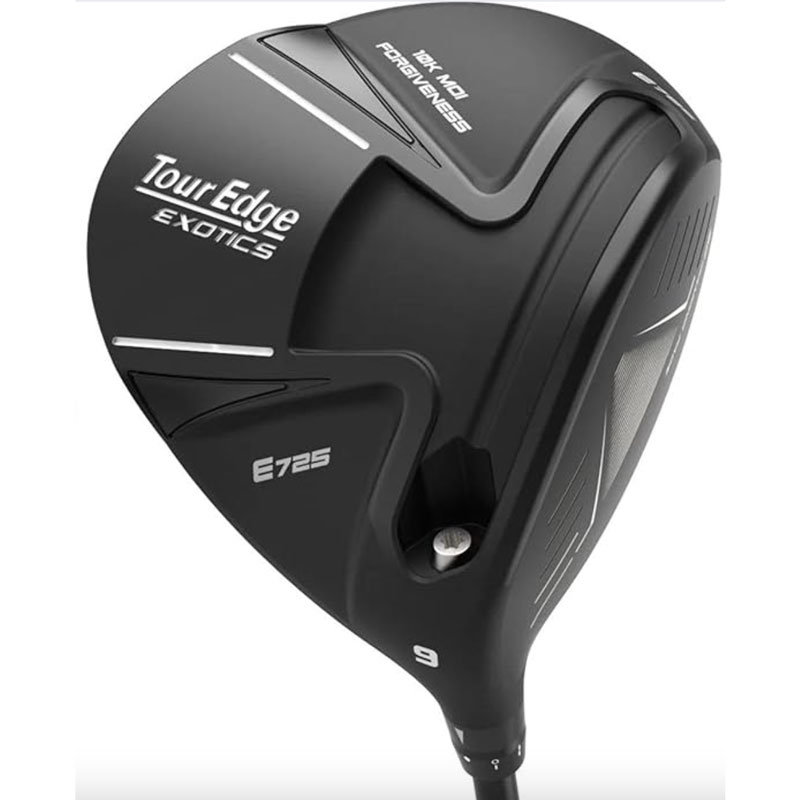
A fantastic option for the player who doesn't need a recognizable name on the bottom of their driver head, the E725 provides amazing value for money in the driver market.
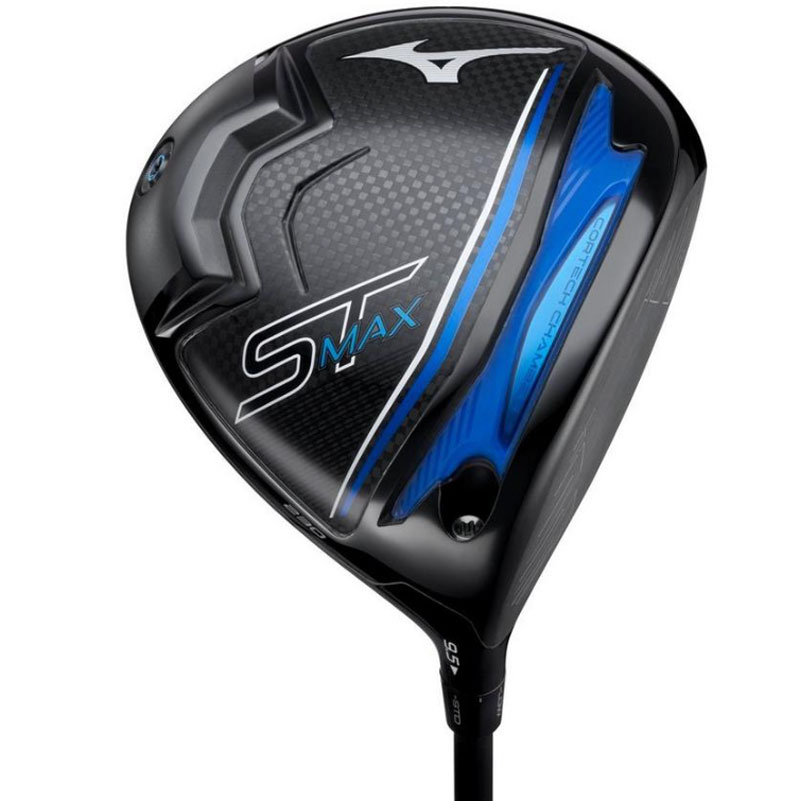
The ST-Max 230 from Mizuno offers classy looks that will appeal to many, whilst the feel will suit purists as well. The spin may be a little high for some but overall this is an underrated model that performed well.
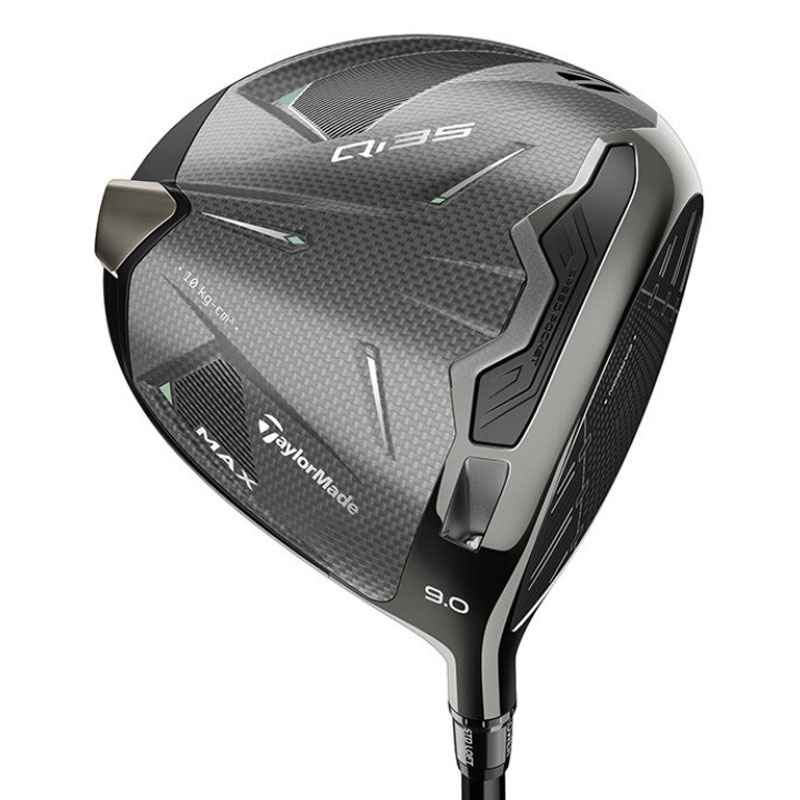
The Qi35 is an upgrade on the already impressive Qi10 thanks to more stability in the club head and a fantastic revamped, premium look.
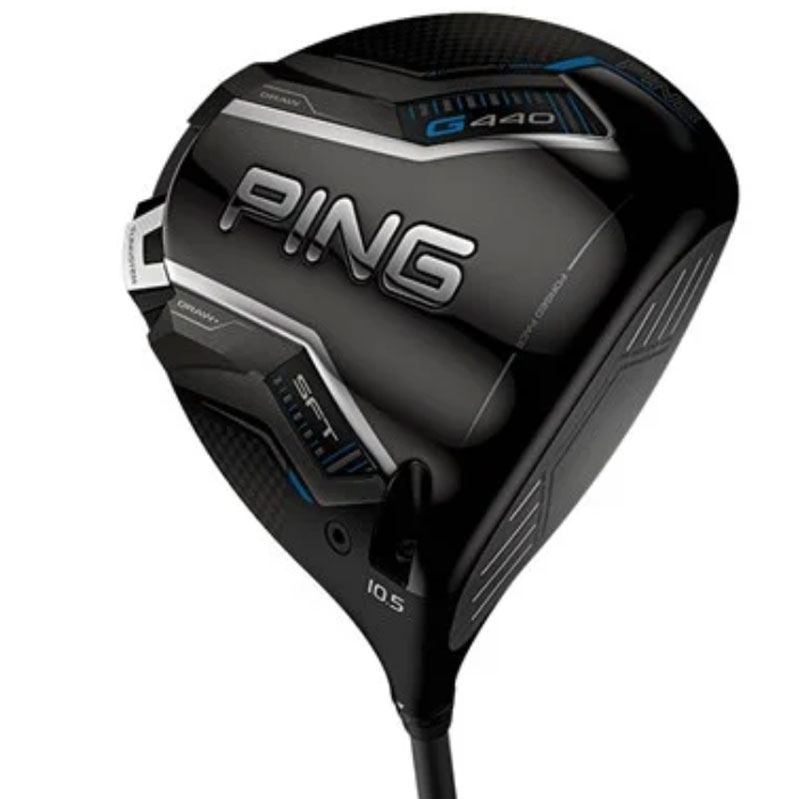
One of the leading contenders for draw bias driver of the year, you can wave goodbye to the dreaded slicing right miss with the G440 SFT in your hands.
Load the next model
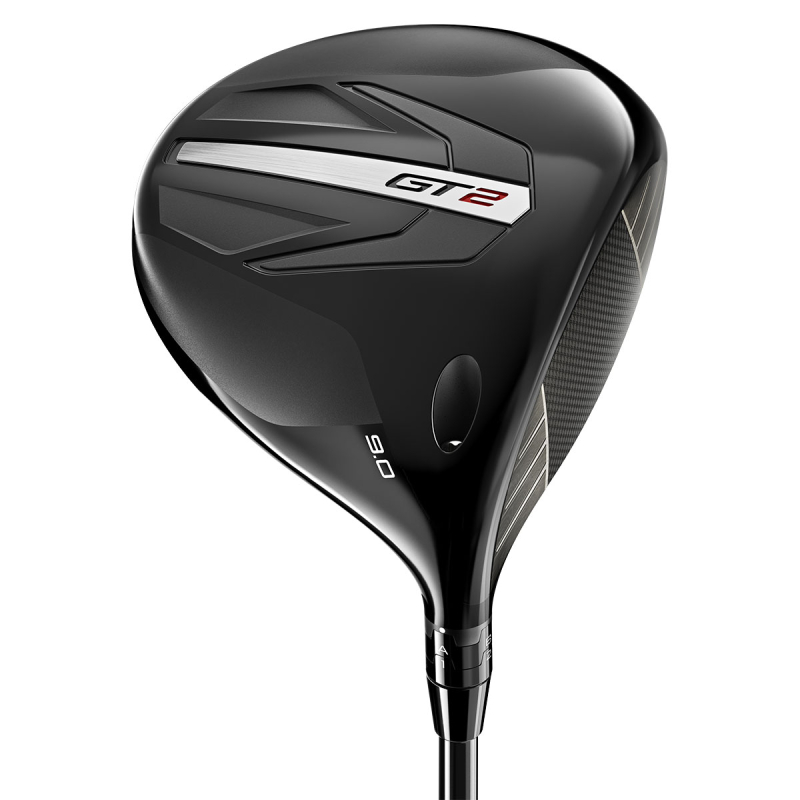
The GT2 boasts a premium players looks whilst giving us a ton of forgiveness for shots that miss the sweet spot. It also has fantastic levels of feel and feels like a rocket when hit well.
Best Golf Drivers For Beginners 2025
Top pick
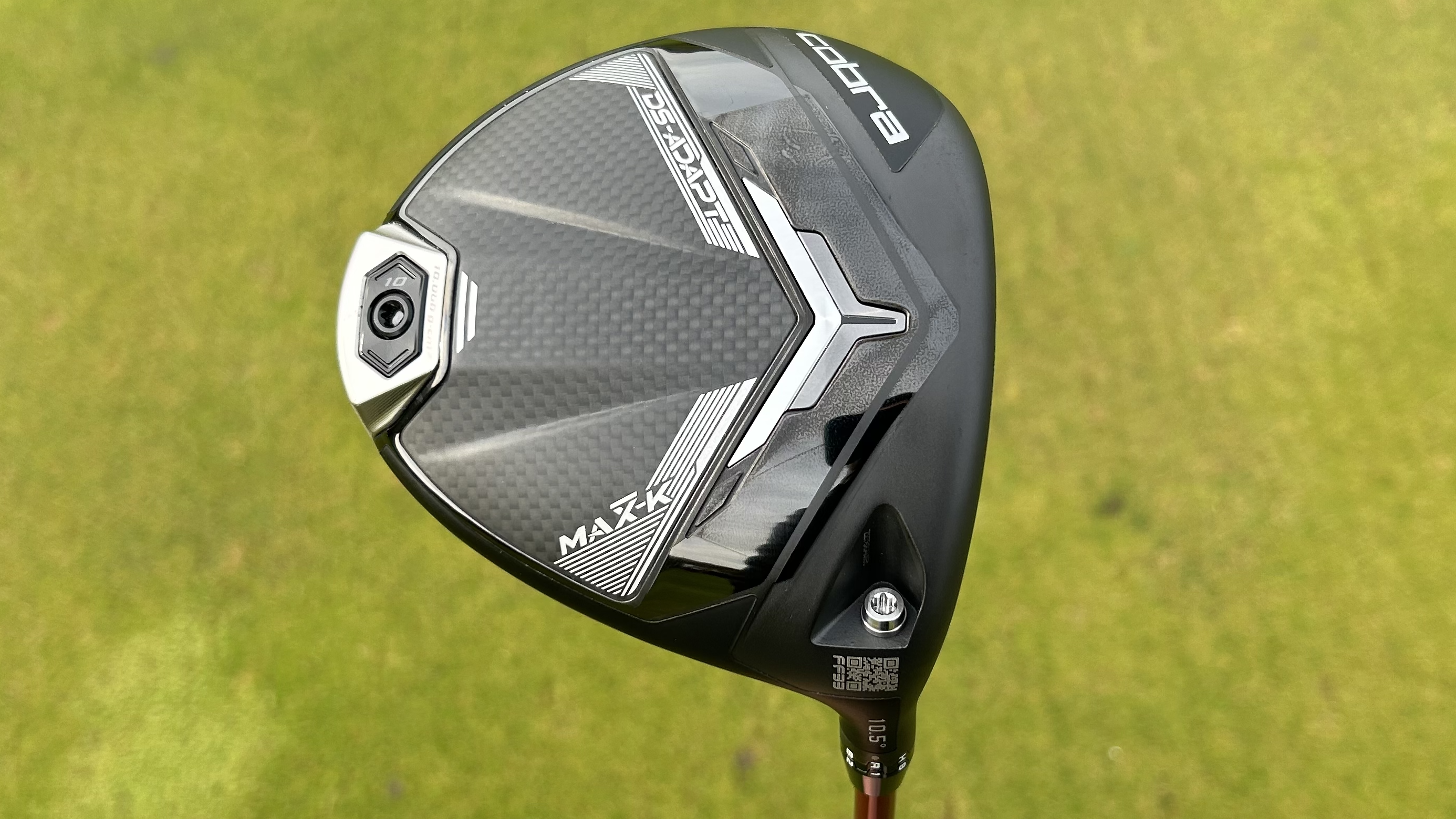
Specifications
Reasons to buy
Reasons to avoid
With over 10k of MOI - that’s moment of inertia, which basically is a measurement of how stable a club is through impact - the DS Adapt Max K is a twist-resistant dream for beginners who are likely to miss the center of the club face more often than not. Why does this matter? By stabilizing the clubface on heel and toe strikes you’ll retain ball speed and hit it straighter, helping to maximise distance.
Cobra has opted for an oversize 460cc head, with an appealing shape that should create more confidence at address, something that’s important to golfers of all abilities but especially so for new golfers.
Like all the models in the DS-ADAPT family there’s plenty of adjustability available here. The FutureFit33 adjustable shaft adapter impressed us, offering players the ability to fine tune the driver to fit their needs through a combination of lie, angle and loft adjustments. If you need more launch, for example, this can be done by adjusting the hosel.
- Read our full Cobra DS-ADAPT MAX-K Driver Review
Best draw bias
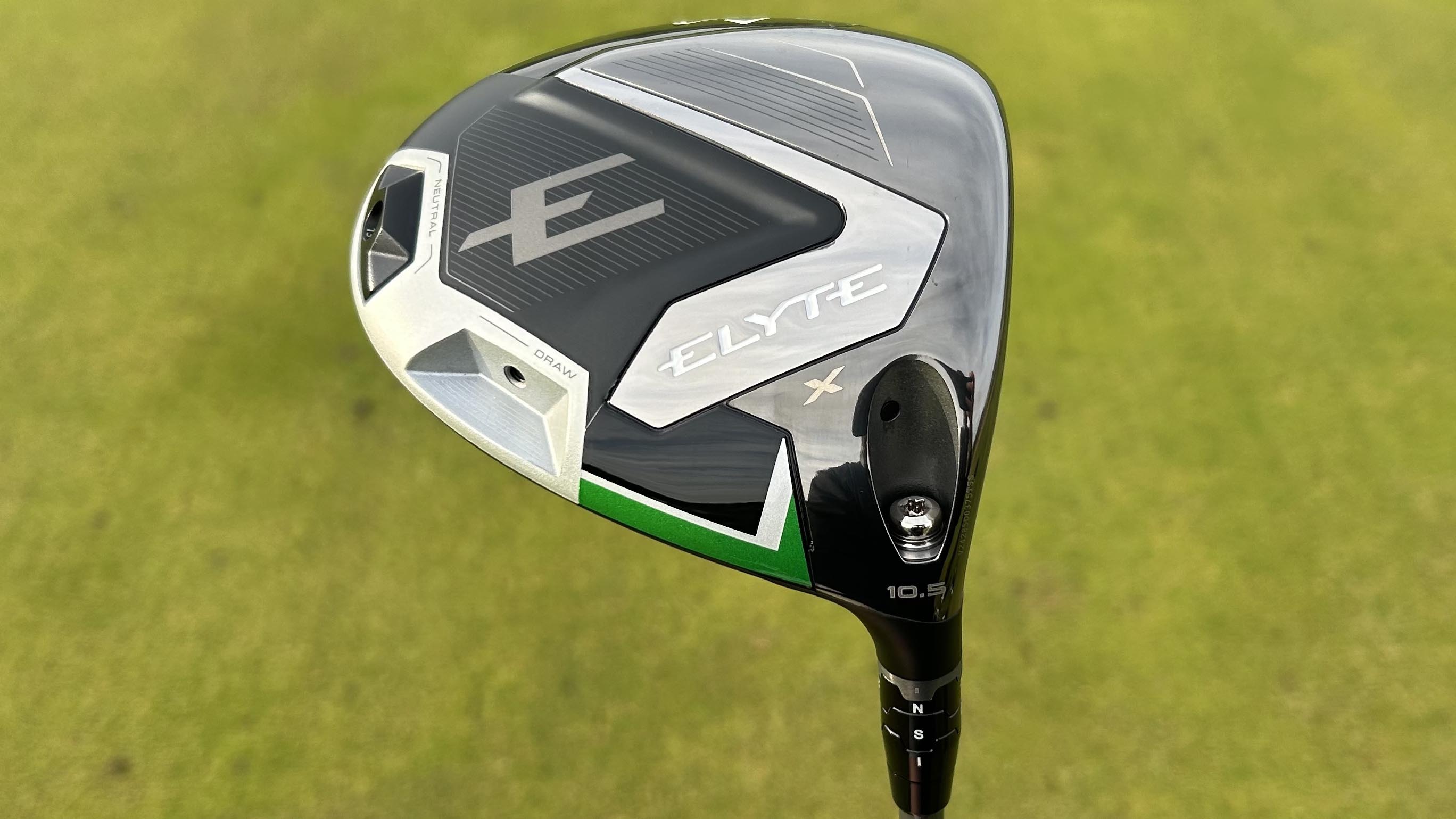
Specifications
Reasons to buy
Reasons to avoid
It’s common for beginners to find themselves widely slicing the ball off the tee, losing lots of distance in the process. In the long term this is best overcome with improved swing mechanics but finding a driver with a strong draw bias should help provide some immediate relief and get that left-to-right ball flight under more control. And the X, part of Callaway’s Elyte family, is our pick for the best of the draw bias bunch.
There’s some adjustability here, with a movable 13g weight in the head allowing golfers to dial in their ball flight, but however it's set up we found it delivered plenty of clubhead speed thanks in part to the Thermoforged carbon crown. The crown also adds bags of shelf appeal as well as making for a great looking, and confidence inspiring, driver at address. The sole is a little busier and might not be to everyone’s liking but fortunately it has no impact on the club’s performance.
All told, the Elyte X is a forgiving driver that’s well-suited to any golfer who’s trying to get their slice under control, including beginners.
- Read our full Callaway Elyte X Driver Review
Best value
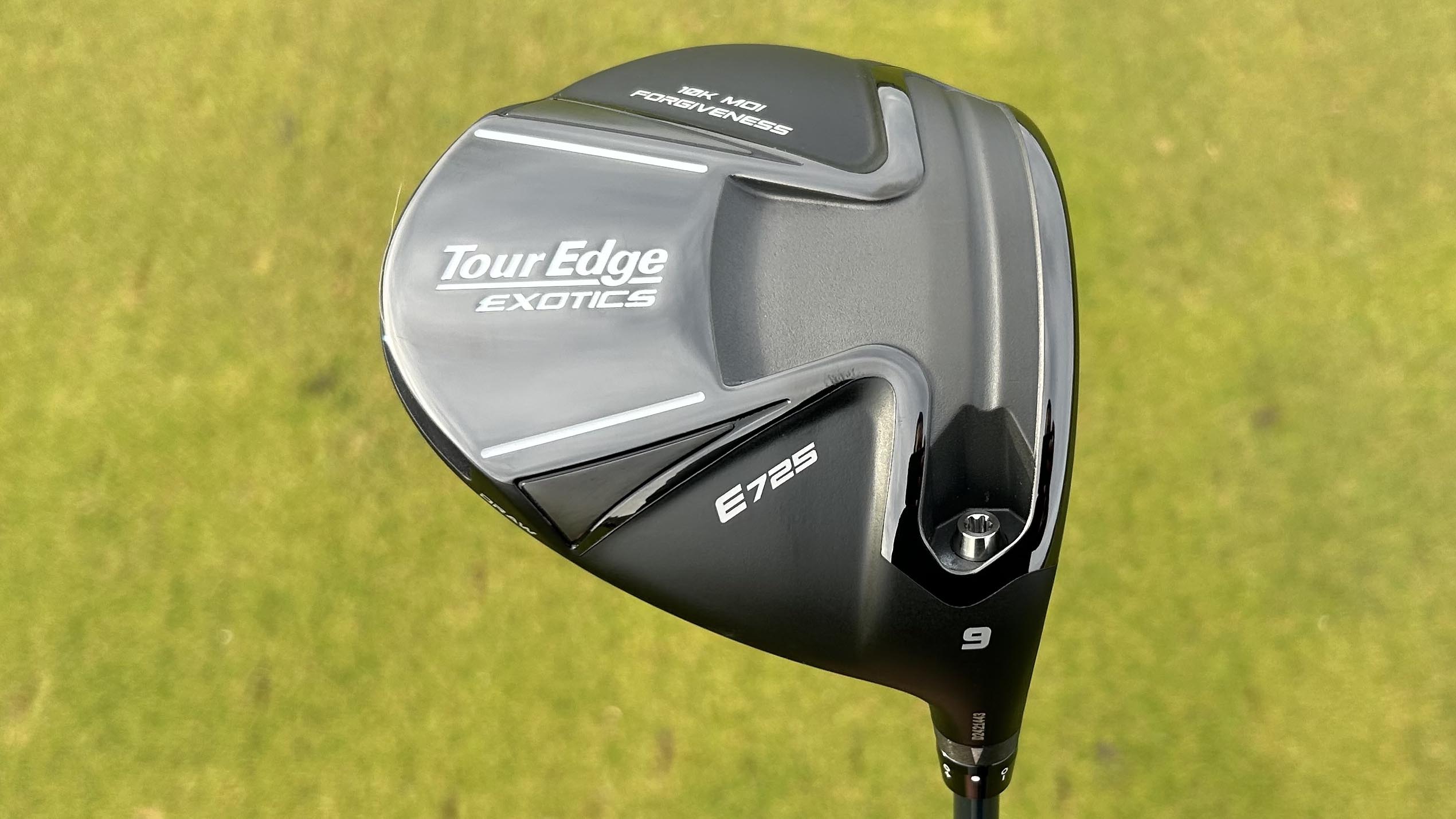
Specifications
Reasons to buy
Reasons to avoid
While Tour Edge might not carry the same cachet as some better known brands, it typically delivers plenty of value with impressive performance stats to boot. The Exotics E725 is no exception.
Visually it has all the appeal of its more expensive rivals. The carbon fibre crown oozes class, while the overall head shape sits on the rounder end of things, and for us, looks great, sitting squarely at address, making it easy to align - something that can be an issue for new golfers.
Vitally, the E725 delivers forgiveness in spades. We were amazed at just how little our poorer shots were impacted with a view to distance and dispersion; we’d suggest that it can almost match the TaylorMade Qi35 Max, one of the most forgiving drivers we’ve hit in a long time.
Premium looks and performance are matched with a sophisticated feel and sound that’s rare to find in cheaper drivers. Combine all the attributes and you get the best value driver on offer for beginners, and more experienced players, alike.
- Read our full Tour Edge Exotics E725 Driver review
Best high launch
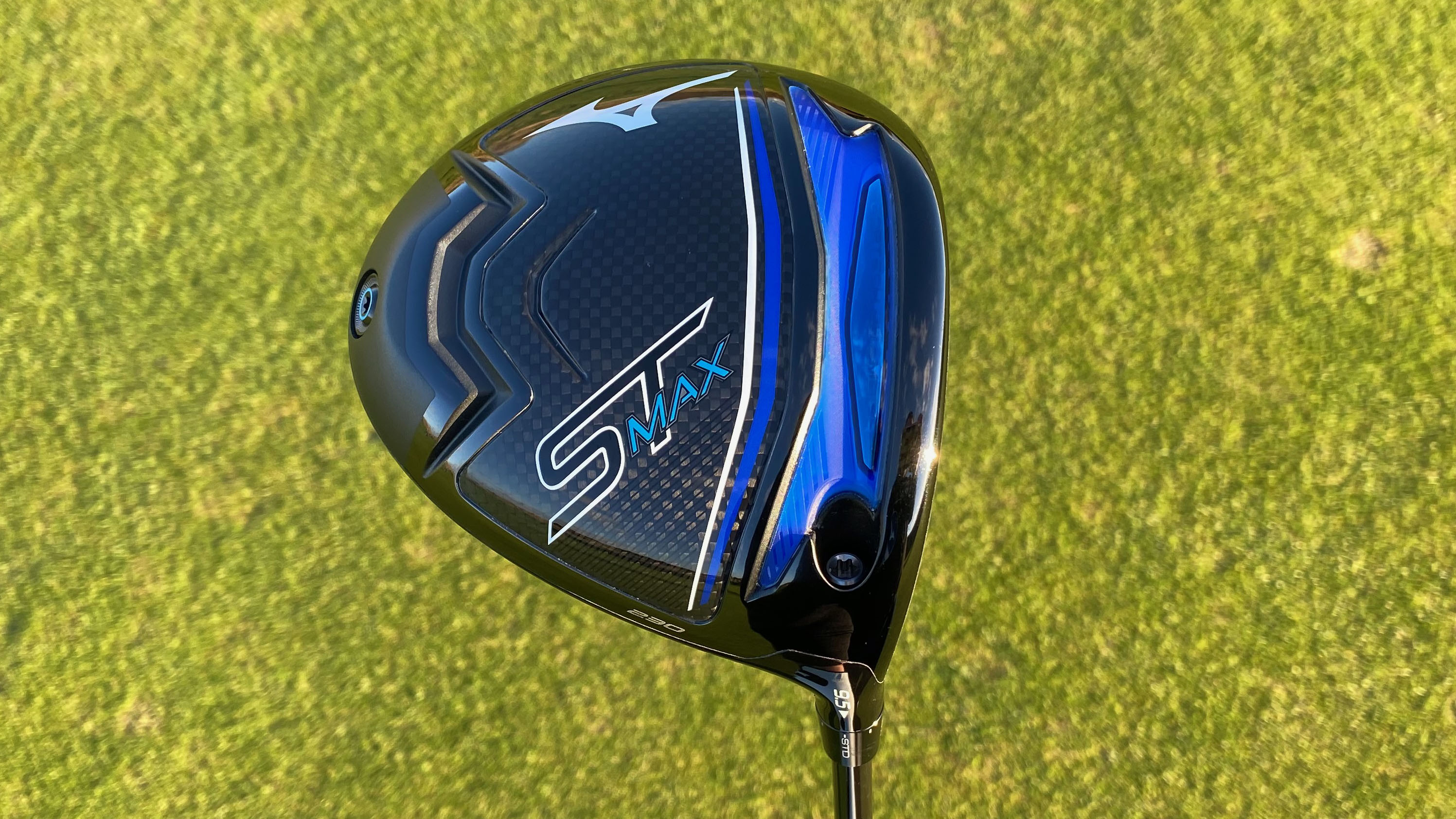
Specifications
Reasons to buy
Reasons to avoid
Getting the ball in the air is a challenge for many inexperienced golfers, especially off the tee, when the relative lack of loft and long shaft length can lead players to struggle to get anywhere near enough height and carry. A driver that creates more spin will help with this no end, and that’s just what the ST-Max 230 from Mizuno delivers.
The increased height is paired with plenty of stability - Mizuno says it is its most stable driver ever - which helps new golfers with accuracy. It’s achieved through a high MOI, with the profile of the 460cc head lowered, allowing the designers to increase the footprint and add weight where it's needed. There’s 54 grams of back-weighting too. During our testing we found all this tech translated to a high-flying, fairway finder. That said, if you’re after more yards there might be better low spin options out there.
Like most Mizuno clubs, be it irons, drivers or hybrids, the ST-Max 230 is an aesthetically pleasing club. It’s classy rather than complicated, and those who like crisp and clean will appreciate this driver both in the bag and at address, where it sits squarely, making it easy to align.
- Read our full Mizuno ST-Max 230 Driver Review
Best shelf appeal

Specifications
Reasons to buy
Reasons to avoid
The Max is created to be the most forgiving of the TaylorMade Qi35 family, with a high MOI and low CG adding up to a lower spinning, stable driver that’s a good match for golfers of all abilities, but ideal for beginners who are still struggling to find the center of the face with regularity.
The spin profile is a huge improvement on the previous Qi10. We found this generated too much spin, which meant a loss of distance for players who need it the most. TaylorMade has addressed the problem by adding 34g of weight at the back of the head for greater stability.
It all adds up to bags of forgiveness, with even our heel and toe strikes still flying straight and long. Tight dispersion is matched by a high ball flight, despite the lower spin rate, and when you add in the sophisticated feel and acoustics it makes for a supremely impressive driver for most beginners; we’d suggest those shopping for a driver with plenty of draw bias might want to look elsewhere but otherwise its a great for a whole host of players.
- Read our full TaylorMade Qi35 Max Driver Review
Best tech

Specifications
Reasons to buy
Reasons to avoid
The G440 family has plenty of fans, from high handicappers to big name tour pros. And with good reason. Ping’s newest drivers pack in loads of tech designed to help golfers off the tee. The SFT model is the most user friendly of the bunch, using a strong draw bias to negate the negative effect of a slice.
This draw bias is the headline act here. The technology in this driver is catered to prevent this miss and after testing we’d guess the draw bias has increased by around 15-20% from the G430 - that’s a huge difference and one that will be music to the ears of any slicer. Certainly it makes the G440 SFT one of the best drivers from slicers on the market, and this aided by an easy launch that makes it a great fit for new golfers.
Visually, for us at least, it’s a tale of two halves. The top of the clubhead shows off the new carbonfly crown. It makes for a premium looking club at an address that’s really appealing. The sole is far busier and we’re not huge fans of the colorway - that said, in play it's a case of out of sight, out of mind and really shouldn’t detract from what is otherwise a fantastic driver for a wide range of abilities.
- Read our full Ping G440 SFT Driver Review
Best at address

Specifications
Reasons to buy
Reasons to avoid
The trio of drivers in the Titleist GT range are designed to meet the needs of most golfers. For those looking for more forgiveness, the GT2 is the one to pick.
It achieves its user-friendly profile via a high MOI, the highest of the GT drivers, as well as a new material used in the crown - it’s called Proprietary Matrix Polymer and not only aids forgiveness but also give the club the lovely feel and sound that you’d expect from a Titleist driver.
The brand’s classic looks also remain. At address this is a visually stunning club, one that whispers rather than shouts. The round shape and the classy gloss crown combine beautifully and if looks matter to you, then it's hard to beat the GT2.
Forgiveness is relative, and there are drivers in this guide that will offer more relief on off-center strikes, but if you’re a beginner in need of a great all-rounder then this is a club that’s well worthy of consideration - it’s also a driver that will still work for you as your game improves.
- Read our full Titleist GT2 Driver Review
Specifications table
Driver | Lofts | Adjustable Hosel | No. of stock shafts | Left handed? |
Cobra DS-ADAPT MAX-K Driver | 9°, 10.5°, 12° | Yes | 4 | Yes |
Callaway Elyte X Driver | 9°, 10.5°, 12° | Yes | 2 | Yes |
Tour Edge Exotics E725 Driver | 9°, 10.5°, 12° | Yes | 2 | 10.5° only |
Mizuno ST-Max 230 Driver | 9.5°, 10.5°, 12° | Yes | Multiple | 9.5° only |
TaylorMade Qi35 Max Driver | 9°, 10.5°, 12° | Yes | 2 | Yes |
Ping G440 SFT Driver | 9°, 10.5° | Yes | 5 | Yes |
Titleist GT2 Driver | 8.0°, 9.0°, 10.0°, 11.0° | Yes | Multiple | Yes |
How we test
Here at Golf Monthly we take product testing for both reviews and buying guides very seriously. Testing is done by a team that is packed with knowledge and experience and by testing so many products we can build up our content to help you the consumer to make a more informed decision when it comes to picking your next driver. All our testers are passionate when it comes to golf and come from a variety of backgrounds, whether they are ex pros or high handicappers, they all bring a different knowledge and understanding when it comes to golf.

Our driver testing is headed up by Staff Writer Joe Ferguson, a PGA Professional who has worked in the golf industry for nearly 20 years. Joe is ably assisted by technical editor Joel Tadman, and both Joe and Joel have been testing golf clubs for many years and are able to efficiently test the vast majority of the biggest product releases and convey the pros and cons eloquently.
Now it is worth acknowledging that both Joe and Joel are proficient players so you may question why they are commenting on the best models for beginner golfers. But it is precisely because they are proficient and are experts in the field that they can give this advice. Both players understand what beginner golfers need when trying to find a driver and are able to test for factors like forgiveness because they can consistently strike the head in areas towards the heel and toe, to see how the driver performs. These are the areas beginners and high handicap players strike the ball most often, and being able to test performance in these areas requires consistency.
Speaking more generally about our process, for most new club releases, especially drivers, we will usually attend product launches to speak with the manufacturers in order to build an understanding of the equipment we are testing. Once we get hold of the gear and begin testing, the first step is usually indoor testing using premium balls and launch monitors to get valuable data. This allows us to compare data on the day to see how these clubs stack up against each other as well as their competitors.
We then move on to the all-important outdoor testing, this could be on the range, or the course, and often both. Whichever it is, it is important to get these drivers out into the elements and get some real-world feedback on how they react on the course and when in real conditions.
How to choose
How to choose
A driver is a serious investment. But how do you know you're spending your money wisely? As a beginner the sheer choice can be overwhelming, especially if you’re not really sure of the right performance attributes for you. Testing a number of drivers is the best way to go, but if you’re looking to narrow down your selection before you try out a few models, then here are list of key considerations:
Height and distance
Most beginners are in need of a few extra yards off the tee, both in carry and overall distance. Choosing a driver that’s designed to deliver this should help you to gain more confidence as you start to get it out there with great regularity. Hitting the driver should be fun, and launching it longer and higher always brings a smile to face.
Distance can be achieved in a number of ways. A high MOI driver will stabilize your clubhead during mishits, which means your poor strikes aren’t punished so severely. Similarly you can opt for a driver with a draw bias, which is designed to negate the effect of an aggressive left-to-right ball flight that’s a true distance-killer. Other options could be a high launch driver, which uses increased spin rates to help you get the ball airborne with greater ease - although this can cost you in terms of carry numbers.
Accuracy
While extra yards are a confidence booster for any beginner, there’s nothing like playing from the fairway to help make the game a little easier. Finding the short grass with greater regularity is best achieved by ironing out the swing mechanics that are causing you to miss the center of the clubface. But all golfers need a helping hand and choosing a driver that’s designed to be forgiving on toe and heel misses, as well those low strikes, will help no end.
Shaft
Typically beginner golfers don’t generate a whole lot of speed, which can make getting the ball airborne a little tricky. As well as finding a clubhead that optimises distance and forgiveness, you’ll also want to consider the shaft, which also has a significant impact on distance and ball flight. A club fitter can really dial this in, but in essence you want to match the shaft to your swing speed.
Feel
Feel is somewhat subjective as is the related sound; some players might like a firmer, more powerful feel, while others will like a quieter, more sophisticated sensations. However, what you feel at impact provides feedback on the quality of strike and finding a feel and sound that suits your game is really important and will impact on how well you swing and strike the club throughout the round.
Looks
Another subjective category but one that matters. At address a club should fit your eye. It should be easier to square up and align, as well as providing you with confidence to go ahead and put your best swing on the ball. For beginners it could be that any oversized 460cc head does this, but how much loft you can see as well as the overall shape will also play a part.
Adjustability
Modern drivers allow us to tinker with them to suit our game - whether that's loft, weight or draw/fade bias. By having these adjustable settings you’ll be able to better dial in your driver to negate any inconsistencies in your swing. As a beginner it’s worth discussing these options with your club pro, a club fitter or a more experienced player.
FAQs
What is the best driver for a beginner?
Obviously this will vary but, if you are starting out fresh with the game of golf, then we would say a driver that provides forgiveness in the face is needed. Ideally, the driver will have a large head and face which will also inspire confidence at address. Thankfully most brands make drivers that fit into this category, many of which are in this guide - for example the Cobra DS-Adapt Max 10K, Callaway Elyte X, TaylorMade Qi35 Max, Ping G440 SFT and the Mizuno ST-Max 230 are some of our favorites and in terms of value it is hard to beat the Tour Edge ExoticsE725 driver.
How do I choose a golf driver?
There are a lot of factors that will influence your decision, such as looks, feel and your swing. If you swing it slow, then a more flexible shaft will work but, if you swing fast, then a stiffer shaft will suit. Also, you may need a driver with more loft or adjustability so, overall, it's crucial that you get fitted for your driver.
Glossary
MOI - The acronym MOI means 'Moment of Inertia' and in a golfing context this is a measurement of a clubs stability and resistance to twisting.
CG - CG stands for centre of gravity and in golf it is used in terms of equipment. In equipment, CG is often described as low, back, high and so on. What this means is the CG location in terms of its placement within the club-head which is measured and calculated by balancing the club-head in a variety of ways (face, sole or pretty much anywhere). The CG within the club head is the intersection of all these measured balance points.
Dispersion - Put simply, dispersion refers to the spread of golf shots a player hits. For example a player with a tight dispersion will have shots that cluster close together, these tend to be very good players. A wide dispersion tends to be more common for higher handicap players and beginners because they aren't as consistent.
Loft - Loft refers to the angle of the clubface in relation to the ground. Drivers tend to have lower lofts which allows us to hit the ball further, whereas wedges have high lofts which allow us to hit the ball higher.
Adjustable hosel - The hosel itself is the area of the club where the shaft meets the clubhead, and these days this tends to be adjustable. This allows golfers to alter factors like loft, lie and face angle. This is most prevalent on drivers.
Crown - The crown is the top surface of the clubhead.
Toe - The toe is the area of the clubface furthest away from the golfer.
Heel - The heel is where the shaft meets the clubhead, much like your leg meets your ankle.
Subscribe to the Golf Monthly newsletter to stay up to date with all the latest tour news, equipment news, reviews, head-to-heads and buyer’s guides from our team of experienced experts.

Joe has worked in the golf industry for nearly 20 years in a variety of roles. After a successful amateur career being involved in England squads at every age group, Joe completed his PGA degree qualification in 2014 as one of the top ten graduates in his training year and subsequently went on to become Head PGA Professional at Ryder Cup venue The Celtic Manor Resort. Equipment has always been a huge passion of Joe’s, and during his time at Celtic Manor, he headed up the National Fitting Centres for both Titleist and Taylormade. He’s excited to bring his knowledge of hardware to Golf Monthly in the form of equipment reviews and buying advice.
Joe lives in North Devon and still plays sporadically on the PGA West region circuit. His best round in recent years came earlier in 2023 where he managed a 9 under par 63 at Trevose GC in a Devon & Cornwall PGA Tournament.
Joe's current What's In The Bag?
Driver: Switch between TaylorMade Qi35 and Callaway Elyte TD - both with Fujikura Ventus Black 6-X
Fairway wood 1: TaylorMade BRNR Copper Mini Driver - Fujikura Ventus Black 7-X
Fairway wood 2: Callaway Apex UW 17˚- Fujikura Ventus Black 9-X
Irons: TaylorMade P7CB 3-PW with Dynamic Gold Tour Issue X100 shafts
Wedges: Callaway Opus 50, 54, and 60 degrees - Project X LS 6.0 shafts
Putter: LAB Golf Oz.1 (zero shaft lean)
Ball: TaylorMade 2024 TP5x
Grips: Golf Pride Tour Velvet 60R
Bag: Vessel Player IV Pro DXR Stand
- Conor KeenanEcommerce Writer
- Luke FriendFreelance Writer
- Matt CradockStaff Writer